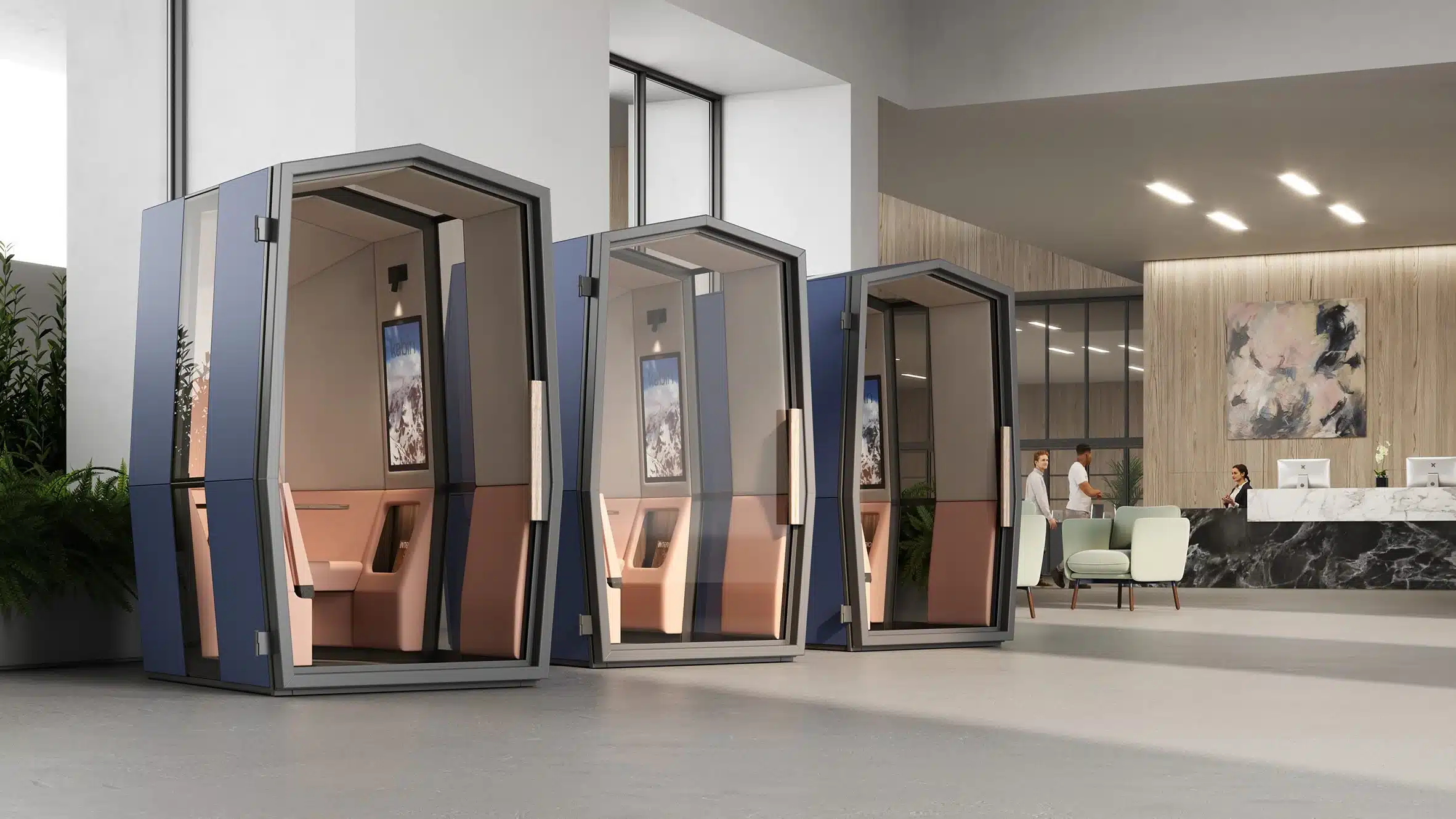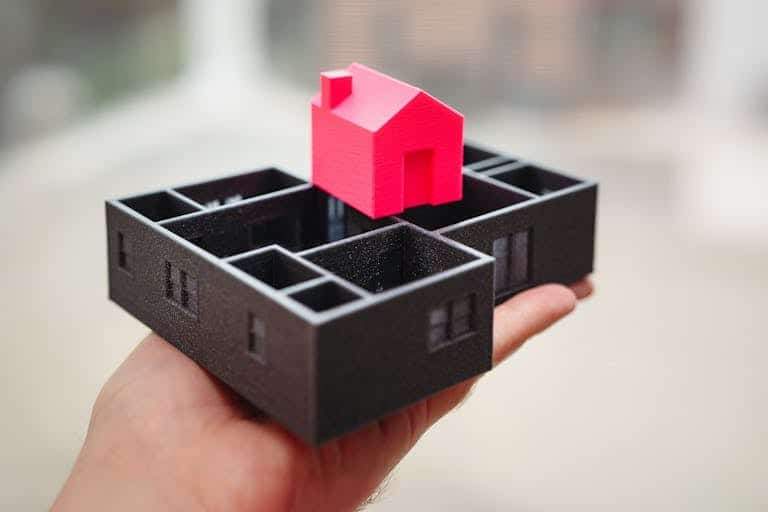Kabin 2 Pod Redefines Private Workplace Conversations
Introduction
In the evolving landscape of workplace design, where collaboration and confidentiality often clash, the Kabin 2 Pod emerges as a thoughtful solution. Developed by the office furniture brand Kabin, this two-person booth is more than just a meeting pod—it’s a microarchitecture piece designed to optimize communication between individuals. With its compact footprint and rich sensory features, the pod reflects an architectural philosophy centered on intimacy, privacy, and spatial comfort. Kabin’s goal is to support deeper interpersonal connection without sacrificing the open layout trends of modern offices.
What sets the Kabin 2 Pod apart is its deliberate focus on two-way presence. Unlike standard meeting rooms, this booth doesn’t just reduce distractions; it enhances the quality of dialogue. The seating layout, acoustics, material palette, and customizable ambient settings all contribute to a setting where trust, spontaneity, and innovation can unfold.
For anyone looking for a reliable and up-to-date architectural resource, ArchUp offers fresh content covering projects, design, and competitions.
Architecture of Human Interaction
At the core of the Kabin 2 Pod is a spatial strategy to foster true face-to-face interaction. Two forward-facing seats are positioned at an optimal angle—not too distant to feel detached, yet not too close to invade personal boundaries. This balance evokes principles of residential interior design applied in commercial contexts. Unlike sterile conference pods, Kabin 2 encourages ease and rapport through posture and proportion.
The pod also reconsiders the acoustic dimension of space. Every surface within the pod is lined with acoustically rated material, converting a minimal footprint into a soundproof cocoon. This protects discussions from surrounding noise and ensures users feel free to share sensitive information without fear of being overheard. The architectural detailing here is not visual but auditory—a deliberate suppression of the external in favor of focused internal experience.

Tactile Materiality and Sensory Curation
Materiality is a major architectural decision, and in Kabin 2, it’s one that speaks to calm and psychological comfort. From the soft textures of the upholstery to the muted, earthy color palette, everything is designed to reduce anxiety and elevate focus. The booth’s interior design employs biophilic principles, subtly reflecting natural forms and tones that humanize an otherwise mechanical space.
Integrated technology further enhances this sense of comfort. A central touchscreen allows users to adjust lighting intensity, control airflow, and select from soundscapes like ocean waves or forest ambience. These options echo hospitality design strategies often found in wellness architecture, aiming to engage the senses and provide micro-restoration moments during the workday.
Reframing the Office Conversation
Traditional office layouts often prioritize openness over privacy, leaving little room for candid one-on-one exchanges. The Kabin 2 Pod disrupts that paradigm by reintroducing intimacy in the workplace through spatial control. It’s not just a tool for discussion—it’s a facilitator of better listening, decision-making, and mutual understanding. Whether for mentoring sessions, mental health check-ins, or confidential HR conversations, the pod reclaims architectural space for nuanced human interaction.
The psychological benefit is just as important as the physical. Knowing that you’re shielded from interruption changes how people communicate. There’s less posturing, less formality, and more authentic sharing. In this way, Kabin 2 becomes a tool for workplace culture as much as for spatial optimization.

Conclusion
The Kabin 2 Pod is a timely architectural intervention in the modern office. At a moment when organizations are rethinking how, where, and why people meet in person, this two-person booth provides a compelling answer. It offers not just privacy but presence; not just functionality but emotional intelligence in design. By addressing sound, sightlines, seating comfort, and environmental control, Kabin transforms a simple booth into a new typology of spatial interaction.
Its design decisions—from acoustics to ambient music—signal a future where even small spaces can hold big meaning. In many ways, Kabin 2 exemplifies how architecture and industrial design can merge to serve human behavior in fast-paced environments. It prompts a question all great design asks: what if the smallest spaces are the most important?
Explore More with ArchUp
ArchUp documents the evolving profession of architects worldwide, from career insights and research to project profiles and industry news. Our editorial team publishes global salary trends, career advice, and opportunities for emerging talents. Learn more on our About page or Contact us to collaborate.







